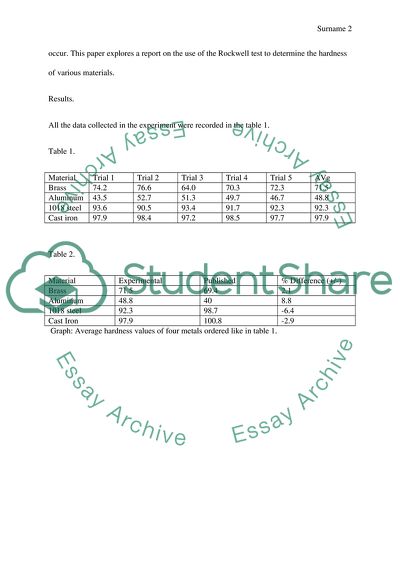Cite this document
(“The hardness of different materials by Rockwell scale Lab Report”, n.d.)
The hardness of different materials by Rockwell scale Lab Report. Retrieved from https://studentshare.org/physics/1612805-the-hardness-of-different-materials-by-rockwell-scale
The hardness of different materials by Rockwell scale Lab Report. Retrieved from https://studentshare.org/physics/1612805-the-hardness-of-different-materials-by-rockwell-scale
(The Hardness of Different Materials by Rockwell Scale Lab Report)
The Hardness of Different Materials by Rockwell Scale Lab Report. https://studentshare.org/physics/1612805-the-hardness-of-different-materials-by-rockwell-scale.
The Hardness of Different Materials by Rockwell Scale Lab Report. https://studentshare.org/physics/1612805-the-hardness-of-different-materials-by-rockwell-scale.
“The Hardness of Different Materials by Rockwell Scale Lab Report”, n.d. https://studentshare.org/physics/1612805-the-hardness-of-different-materials-by-rockwell-scale.


